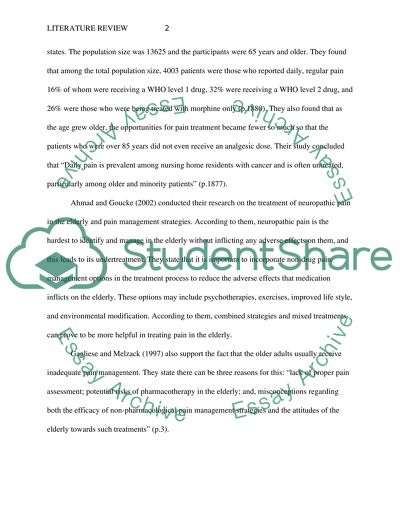Cite this document
(“Under Treatment of Pain in the Elderly Essay Example | Topics and Well Written Essays - 1000 words”, n.d.)
Retrieved from https://studentshare.org/environmental-studies/1413279-under-treatment-of-pain-in-the-elderly
Retrieved from https://studentshare.org/environmental-studies/1413279-under-treatment-of-pain-in-the-elderly
(Under Treatment of Pain in the Elderly Essay Example | Topics and Well Written Essays - 1000 Words)
https://studentshare.org/environmental-studies/1413279-under-treatment-of-pain-in-the-elderly.
https://studentshare.org/environmental-studies/1413279-under-treatment-of-pain-in-the-elderly.
“Under Treatment of Pain in the Elderly Essay Example | Topics and Well Written Essays - 1000 Words”, n.d. https://studentshare.org/environmental-studies/1413279-under-treatment-of-pain-in-the-elderly.


